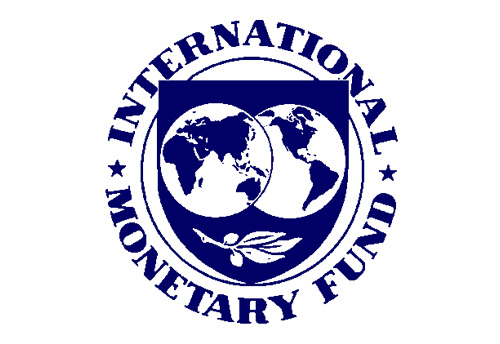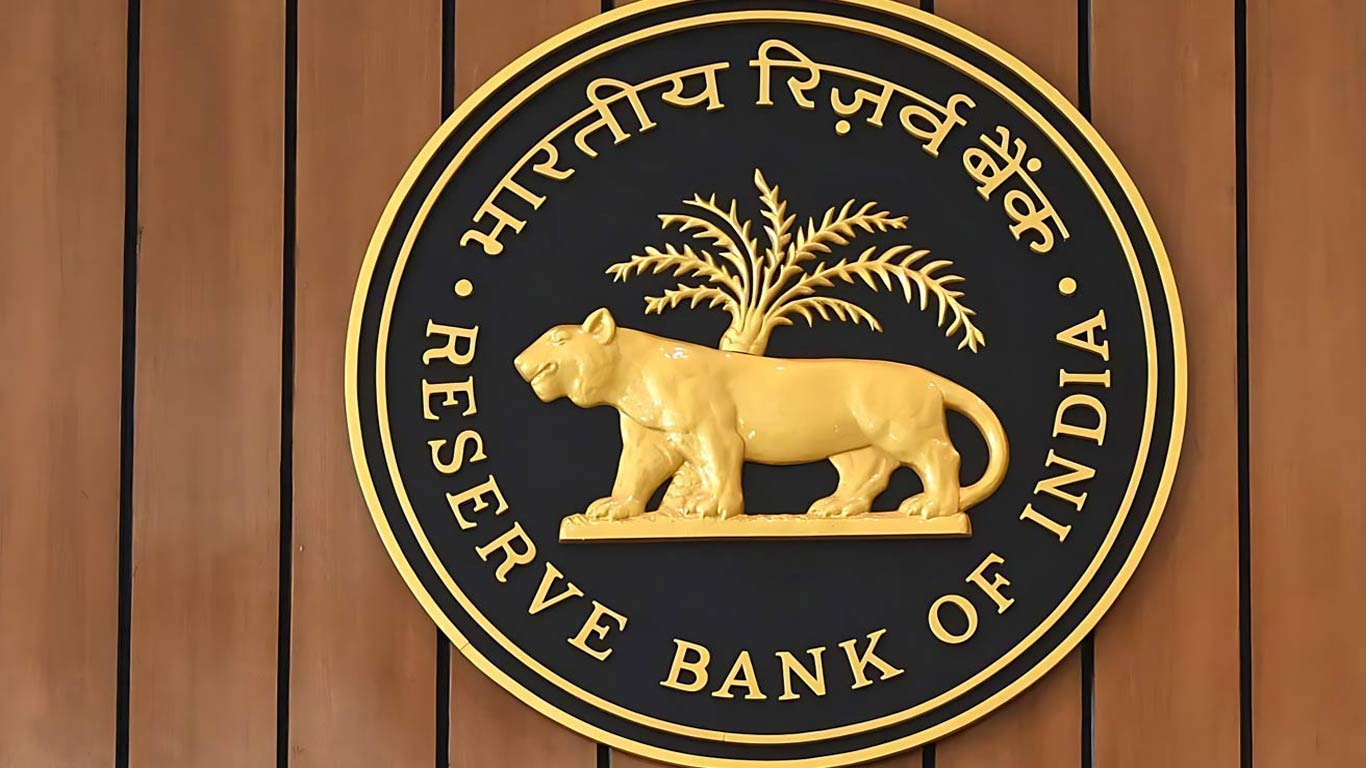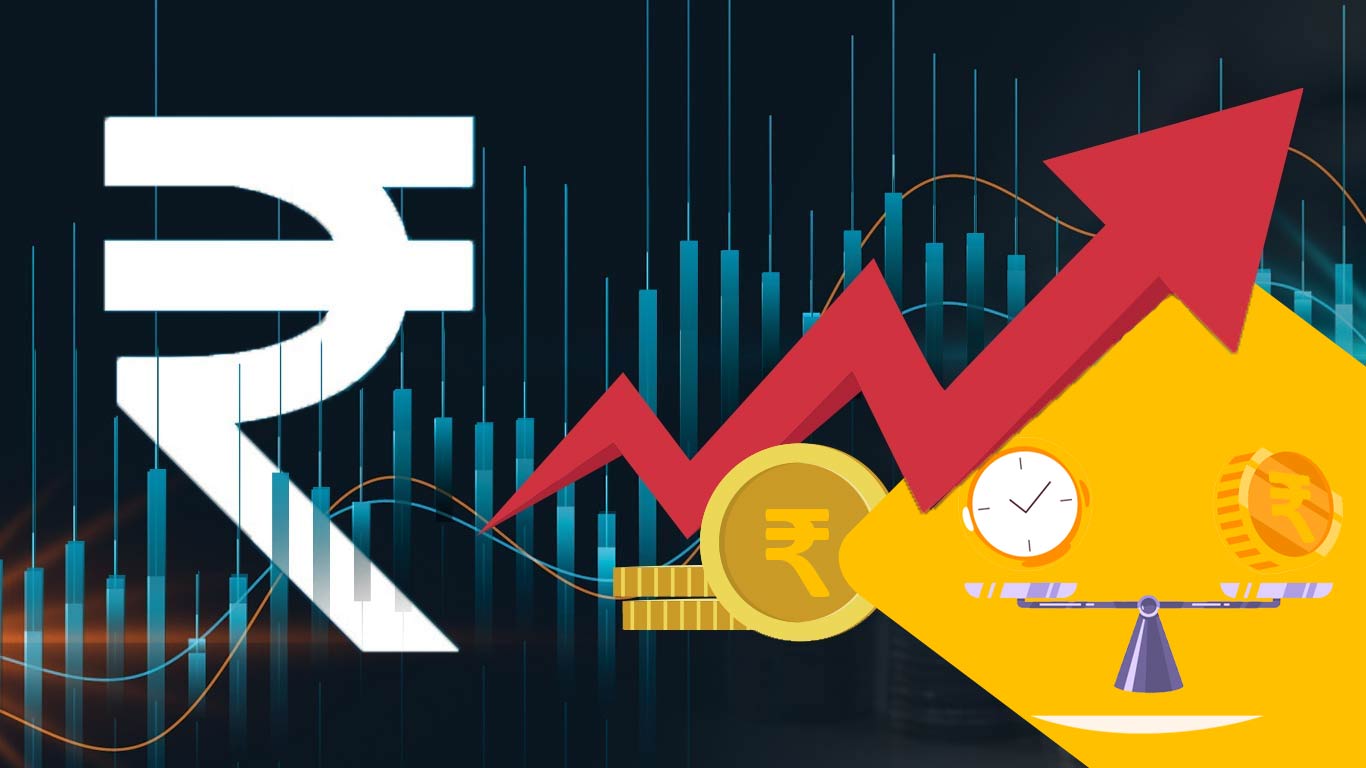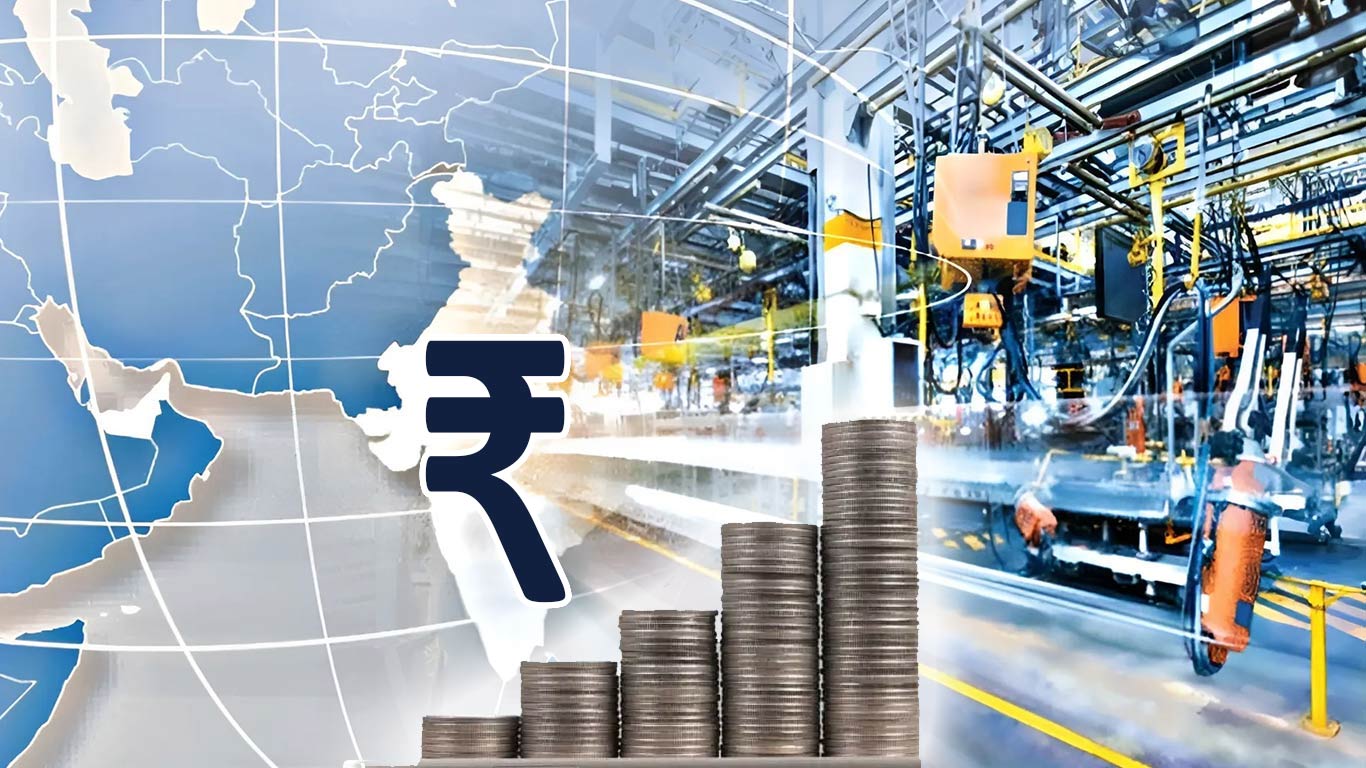IMF advises India to simplify GST structure
Updated: Aug 09, 2018 07:33:13am

IMF advises India to simplify GST structure
New Delhi, Aug 9 (KNN) The International Monetary Fund or IMF has advised India to simplify the GST structure as multiple rate structure and other features could give rise to high compliance and administrative cost.
Describing GST as a milestone reform in India’s tax policy, IMF said “Yet, the GST has a complex structure with a relatively high number of rates (and exemptions), which could be simplified without sacrificing progressivity of the current GST and with potentially significant gains from lower compliance and administrative costs.”
In its annual country report, the International Monetary Fund also said that a dual rate structure with a low standard rate and an additional higher rate on select items can be progressive and preserve revenue neutrality.
The IMF said that with the consumption basket of the rich taxed at higher rates than that of the poor, the GST is presently designed as an effective tax rate rising with household consumption.
A revenue-neutral reduction in the number of rates would raise the effective rates for poorer households while reducing those for richer households. This is the key cost of moving to a simpler system, it argued.
In its report the IMF said the implementation of the GST led to the key step of harmonizing indirect tax rates on goods and services that previously differed across different states and the centre, and brought services into the state tax net.
However, India belongs in a small group of five countries having four or more GST rates with four non zero rates of five per cent, 12 per cent, 18 per cent, and 28 per cent; special low rates of three per cent on gems and jewelry and 0.25 per cent on rough diamonds; and a GST "cess" levied on demerit goods.
In comparison, among 115 countries with VATs, 49 have a single rate, and 28 have two rates, it noted.
The goods and services tax created a unified national market for the first time by lowering internal barriers to trade by effectively establishing a free trade agreement for a market of over 1.3 billion people, said Ranil Salgado, IMF mission chief for India.
The tax is also expected to increase the amount of economic activity taking place in the formal sector of the economy, leading to better quality and more reliable jobs, he added.
"As a result, the goods and services tax should improve productivity and boost medium term potential growth, while also creating room for the government to increase much needed social and infrastructure spending," Salgado added.











